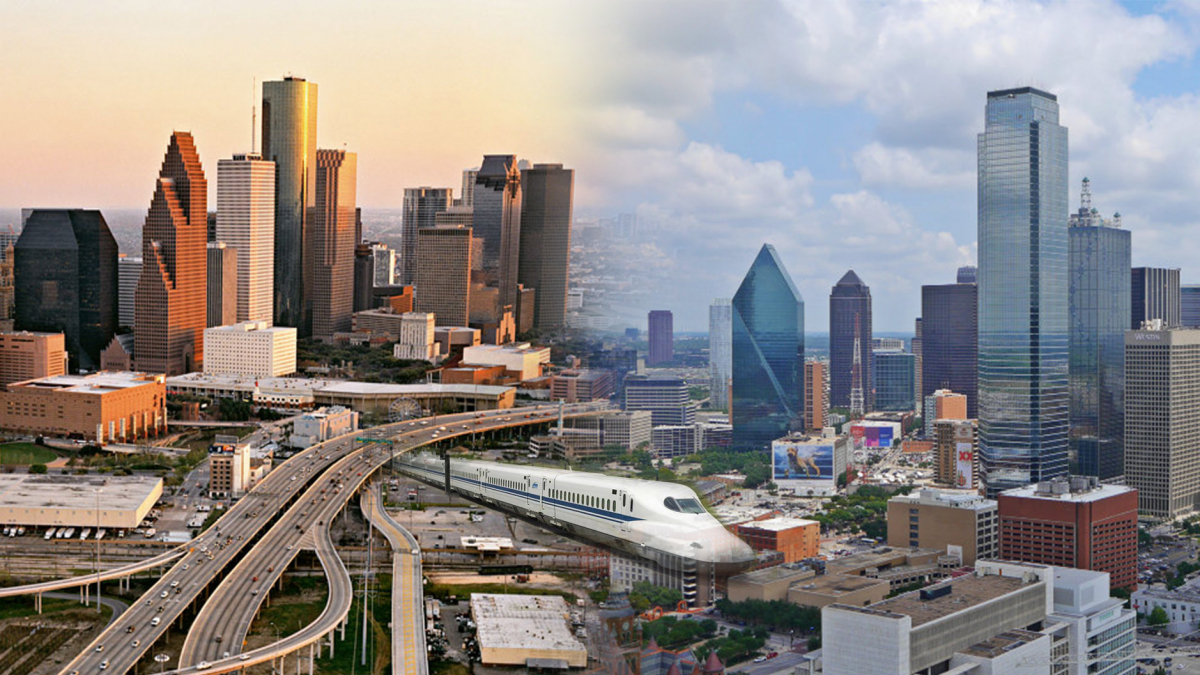

EHRA conducted a traffic engineering study to identify the impacts of a proposed master development located near the intersection of FM 1488 and Peoples Road in the City of Conroe.
In 2006, Caldwell Companies sought to create Towne Lake as a community where residents and services could be connected by water. Their vision included boat docks and marinas augmenting traditional walking trails to navigate a vibrant residential community. EHRA was the perfect partner to take Caldwell Companies’ vision and create this livable suburban oasis.
A 720-acre gated master planned community located off Telge Road, just north of Willow Creek. See how EHRA was involved in this project.
Facilities requiring expansion were also common wall construction, and the EHRA team converted the facilities into aerobic digesters and sludge thickeners.
EHRA worked with the District to create a comprehensive Parks Master Plan, which included recommendations for the development of over two miles of hike/bike trails adjacent to local streets, and within flood control and utility pipeline easements. The District began implementation of the Plan by prioritizing the beautification of West Road, a major arterial street that runs through the District.
Let’s face it, no one likes sitting in traffic. If there’s a faster way to get to your destination, then that’s probably the way you’re going to travel. Well, good news, because Dallas-to-Houston Texas Bullet Train construction could start as early as 2019.
It takes around three and a half to four hours to drive from Houston to Dallas. However, the high-speed train will complete its route in 90 minutes traveling at speeds of 205 MPH. Plans are to pass between Northwest Houston and South of downtown Dallas with stops in Brazos Valley, better known as the home of the Aggies. This route has the least risk to the environment. The next steps are to finalize the train design and costs, obtain permits, and funding.
Texas Central Partners predict 5 million riders per year by 2025 and 10 million riders by 2050. With both Houston and Dallas growing exponentially, transportation infrastructure cannot accomodate the number of drivers on the roadways. Fast travel options are becoming more and more popular as a result of high travel times.
